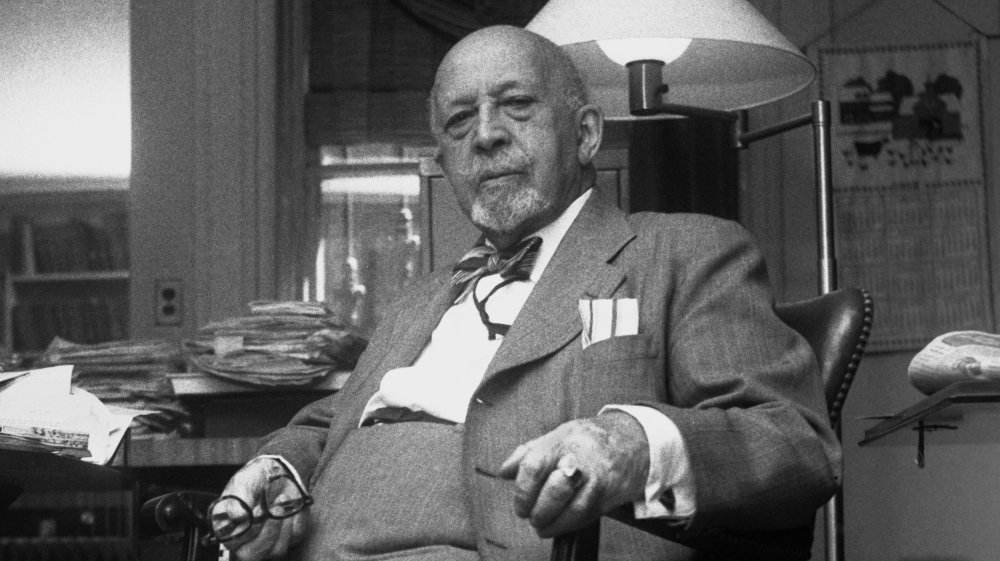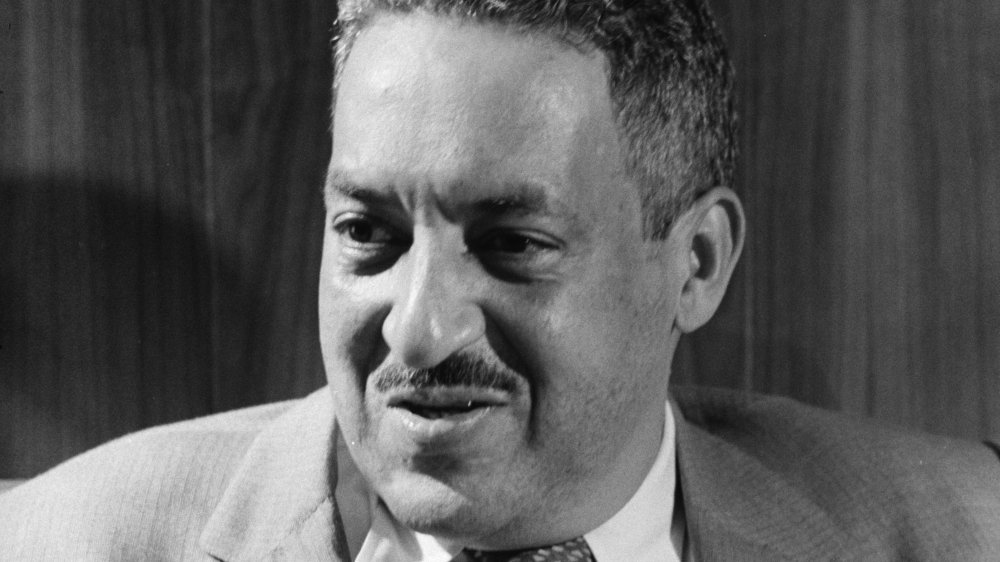The Untold Truth Of The NAACP
It was an organization that was long past due. The National Association for the Advancement of Colored People — the NAACP — was officially founded in 1909, but its roots stretched farther back into history — from the time enslaving human beings was not only tolerated, but legally protected in this country.
More immediately, the NAACP grew from a similar, earlier group founded in reaction to race inequality in America. The Niagara Movement was born in 1905 with a gathering led by scholar and activist W.E.B. DuBois, who 10 years earlier became the first African American to earn a PhD from Harvard University, reports Biography. DuBois was also the author of an influential collection of essays titled The Souls of Black Folk, an early work of sociology published in 1903.
According to History, the Niagara Movement was a civil rights action organization, founded at a meeting on the Canadian side of Niagara Falls, because no hotel on the American side would rent rooms to African Americans. Demands emanating from the movement included calls for an end to segregation and legalized discrimination, and for equal opportunities in education and economics. The movement's impact was limited. But a series of race riots in Springfield, Illinois, in 1908 brought together DuBois and other activists, both white and black, in New York City. The group included suffragists, philanthropists, journalists, educators, and others, some with roots in abolitionism, says the Library of Congress.
Thurgood Marshall led NAACP legal work before being named to the U.S. Supreme Court
The NAACP would be a "new abolition movement," fighting for civil rights in all areas of American life, with the goal of a truly integrated American society, per the Smithsonian Institution. The NAACP's Legal Defense Team came under the leadership of a young attorney named Thurgood Marshall in 1938. Marshall, who in 1967 would be the first black named to the United States Supreme Court, set up the NAACP's Legal Defense and Education Fund. That part of the organization went on to begin the long process of legally destroying segregation laws throughout the country. After winning a series of cases that established legal precedent, NAACP lawyers filed and won Brown v. Board of Education, a 1954 decision by the U.S. Supreme Court that legally destroyed segregation in public education.
Albert Einstein was a member, which earned him FBI surveillance — the Feds amassed a dossier of more than 1,400 pages on the physicist, says Smithsonian Magazine. In his 1946 commencement speech at Lincoln University, the oldest black college in the United States, Einstein said: "There is separation of colored people from white people in the United States. That separation is not a disease of colored people. It is a disease of white people. I do not intend to be quiet about it."
Fortunately for all of us, he wasn't the only one.

